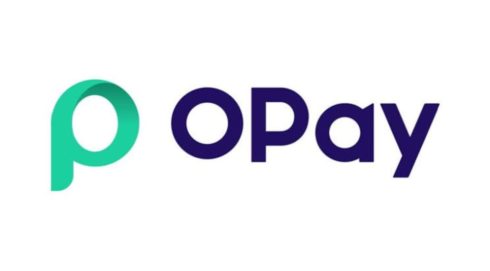In a bid to comply with new tax regulations, OPay, a leading mobile payment and financial technology platform, has announced the introduction of a N50 fee for transfers exceeding N10,000. The new policy, set to take effect on September 9, 2024, applies to both personal and business account transactions. This change reflects OPay’s adherence to guidelines established by the Federal Inland Revenue Service (FIRS), as part of broader efforts to streamline electronic payments and enhance regulatory compliance in Nigeria’s burgeoning fintech landscape.
The company has begun informing its users through direct communication. On Saturday, a formal statement was sent to customers: “Dear valued customers, please be informed that starting September 9, 2024, a one-time fee of N50 will be applied for electronic transfers of N10,000 and above paid into your personal or business account in compliance with Federal Inland Revenue Service regulations.” The move has sparked discussions among users about the impact of this fee on daily transactions and business operations.
Rationale Behind the N50 Transfer Fee
OPay’s introduction of a N50 transfer fee stems from new directives issued by the FIRS aimed at bolstering revenue collection through digital platforms. The fintech sector in Nigeria has seen exponential growth in recent years, with platforms like OPay offering seamless financial services to millions of Nigerians. As digital transactions increase, the government is working to ensure that these platforms contribute to the nation’s tax base, leading to the imposition of such fees.
By introducing the N50 charge for transfers above N10,000, OPay is aligning its operations with these regulations, ensuring that it remains compliant with the latest tax laws. This fee is expected to generate additional revenue for the government while also helping OPay cover the operational costs associated with maintaining its payment infrastructure.
Impact on OPay Users: Concerns and Reactions
The N50 transfer fee has sparked varied reactions from OPay users, many of whom rely on the platform for daily transactions. For individual users making frequent small transfers, the fee may be seen as a manageable inconvenience. However, business owners and frequent users who process higher volumes of transactions have expressed concerns about the potential cumulative cost. Small and medium enterprises (SMEs), in particular, may feel the pinch as they often depend on platforms like OPay to manage their day-to-day cash flow.
Some users have taken to social media to voice their opinions, with many calling for a review of the fee structure, while others acknowledge that the N50 charge is relatively modest compared to fees levied by traditional banks. OPay, in response, has assured users that the fee will remain a one-time charge per transaction, regardless of the amount, and will not disproportionately affect customers engaging in higher-value transfers.
How the New Fee Compares to Traditional Bank Charges
In comparison to traditional banks, OPay’s N50 transfer fee is competitive. Many Nigerian banks charge between N10 to N50 for electronic transfers depending on the amount and the type of account. Some banks also charge additional fees for interbank transfers, making OPay’s new fee structure relatively attractive for individuals looking for affordable financial services. The introduction of the N50 fee places OPay in a similar pricing bracket, but its convenience and speed of transaction may still appeal to users who prioritize ease over cost.
OPay’s key selling point remains its seamless mobile application and the ability to carry out financial transactions at any time. For customers who value accessibility and efficiency, the N50 fee may be outweighed by the benefits of the platform. That said, this development could see some users reevaluate their banking choices, particularly if other fintech platforms do not impose similar charges.
FIRS Regulations: Implications for Nigeria’s Fintech Sector
The introduction of the N50 fee is part of a broader trend of increased regulation within Nigeria’s fintech space. The FIRS has been actively working to integrate tax compliance into the digital economy, ensuring that companies operating within the fintech sector contribute their fair share to the national revenue. For OPay and other players, this means adapting to a new regulatory landscape where compliance comes with added operational costs.
However, industry experts believe that while such fees may be inconvenient for users, they are necessary to ensure the long-term sustainability of the fintech ecosystem. With the growing reliance on mobile financial services, it is critical that platforms like OPay maintain transparent, compliant, and scalable operations to meet both user demand and regulatory requirements.
Future Outlook: OPay’s Role in Nigeria’s Digital Economy
OPay’s decision to introduce the N50 transfer fee underscores its commitment to aligning with Nigeria’s evolving financial regulatory framework. As a prominent player in the digital payments sector, OPay is expected to continue its expansion in the Nigerian market, offering innovative solutions while adapting to the country’s legal and economic changes. This new fee structure may be a sign of more regulatory-driven adjustments to come.
OPay’s ability to maintain customer trust while managing regulatory compliance will be key to its continued success. As the fintech industry matures, competition is expected to intensify, with users likely gravitating towards platforms that offer the best balance between affordability, convenience, and compliance. OPay’s proactive stance on the N50 fee could position it well in a market that values both innovation and adherence to local regulations.
Table of Contents
Discover more from OGM News NG
Subscribe to get the latest posts sent to your email.














